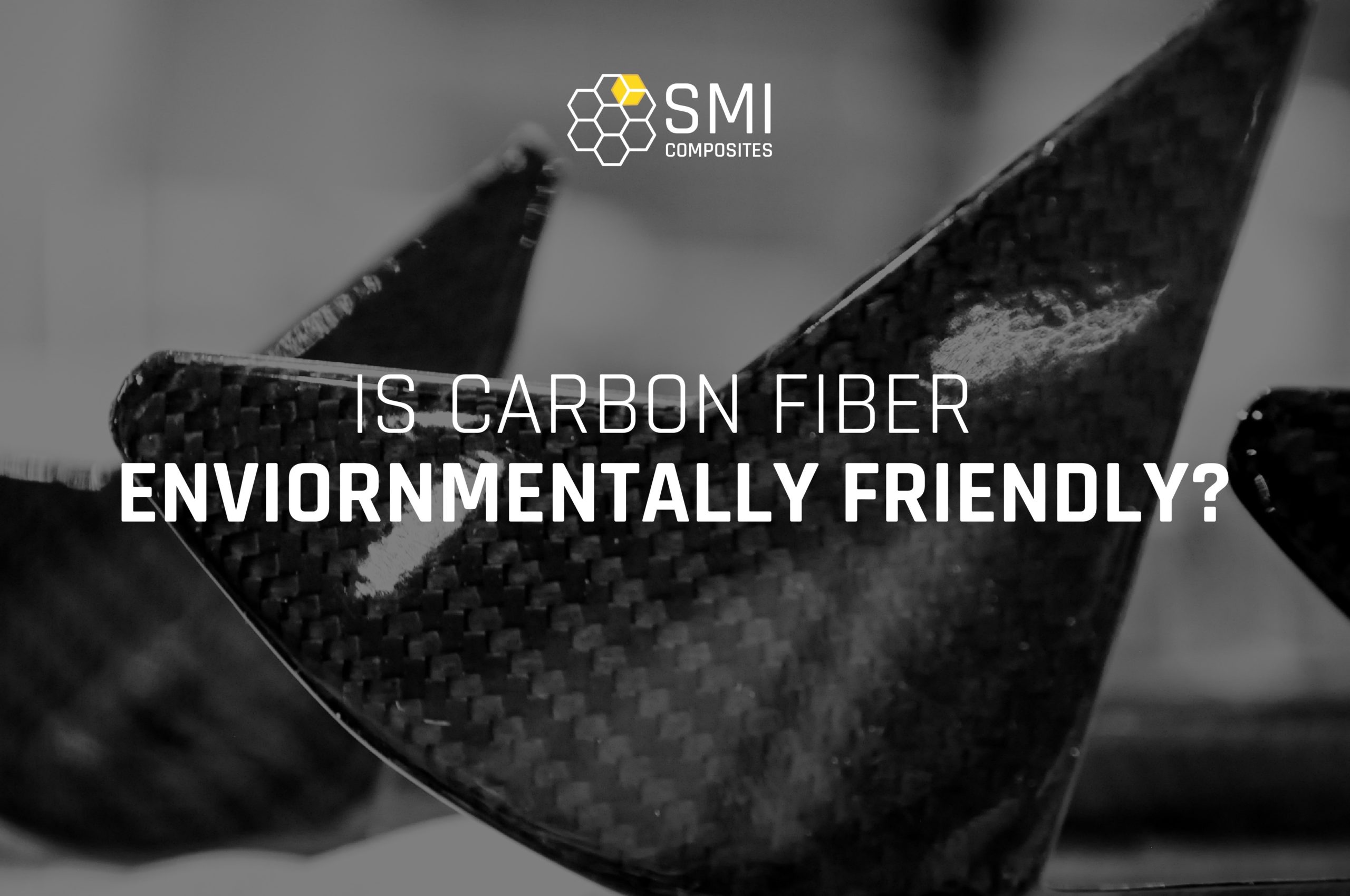
Carbon fiber is a great material for manufacturing parts that various industries require. The products made are lightweight but strong. In fact, the market was valued at $2.6 billion in 2019 and has risen since.
There are various ways to make a carbon fiber mold, from compression molding to cast molding. But is carbon fiber safe for the environment, or is it another material that hurts more than it helps?
Here’s everything you need to know about carbon fiber materials and whether or not you can recycle carbon fiber composites.
What is Carbon Fiber Made Of?
Carbon fiber is made up of organic polymers. Carbon fiber atoms hold together these strings of polymers. The properties and grades of carbon fiber are determined by the other materials used in the manufacturing process.
One of the ways carbon fiber material is made is through the PAN process. This process involves spinning the fibers, stabilizing the bonding, carbonizing it, and treating the surface. The fibers are then twisted into different yarn sizes.
Unfortunately, some of the chemicals used to make carbon fiber materials can cause skin and breathing irritation. It also takes up a ton of energy to produce.
Recycling a Carbon Fiber Mold
A composite material like carbon fiber can’t be used without first molding it into shape.
There are two things to keep in mind. What happens to that carbon fiber mold when the product eventually breaks down? And what about the carbon waste produced from making those parts in the first place?
There are some ways to recycle carbon fiber, which is both a more affordable and environmentally friendly option. Since it’s known for its durability, carbon fiber is problematic to recycle. The current process isn’t perfect, but it’s constantly being improved upon.
The carbon fiber waste created during production has a good chance of getting damaged. In fact, about 30 percent of the waste has damaged fibers. However, there are multiple ways to create resin waste, including pyrolysis and solvolysis.
Pyrolysis involves high heat to burn off the resin surrounding the fibers. Solvolysis uses strong chemicals. It’s safe as long as the manufacturers dispose of or recycle any waste created.
Impact on Fuel Efficiency
A major benefit of using carbon fiber materials is that it’s much lighter than steel components. Using carbon fiber can reduce the weight of most cars by around half. In turn, they’ll require much less fuel to operate and reduce your carbon footprint.
This lower weight also affects transportation costs. Lighter materials cost less to ship and require less fuel to transport.
Environmental Carbon Fiber Processes
Creating a carbon fiber mold isn’t the most environmentally safe process around. Using recycled fibers is a much better way to make them, and manufacturers around the world are constantly working on improving the process.
SMI Composites is one such company that cares about sustainability. In addition to providing composite manufacturing, we’re also dedicated to researching the effects of manufacturing these materials. Take a look at our capabilities online and contact us to request a quote.
